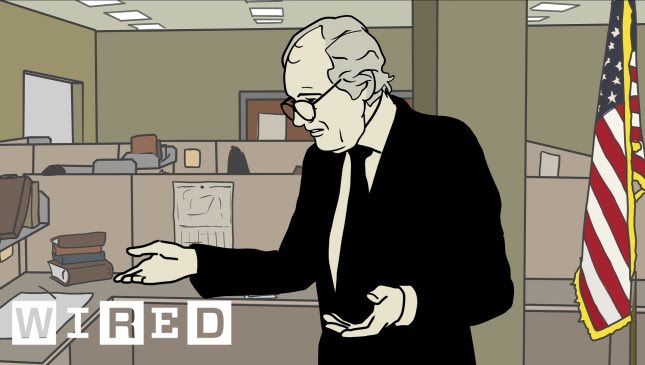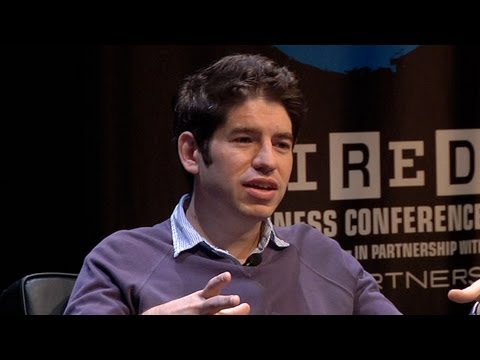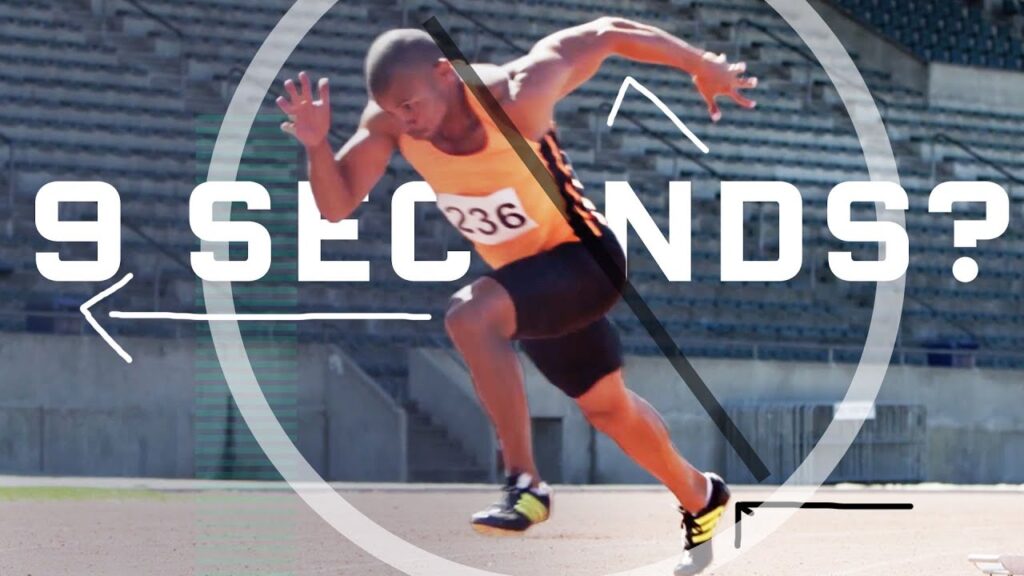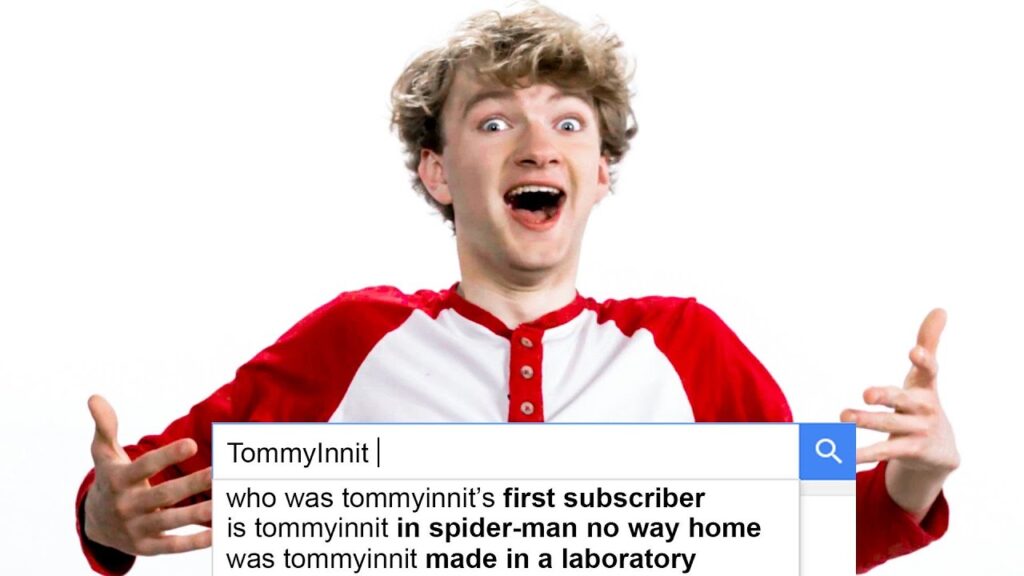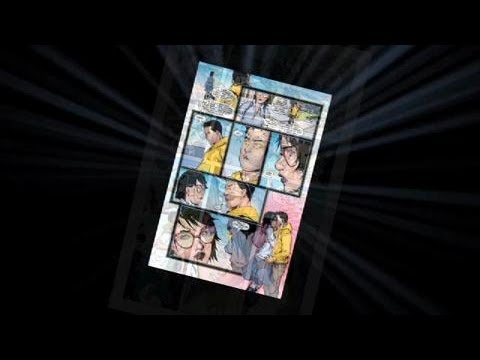Fractals: Understanding the Self-Similar Shapes
Summary
In this article, we will explore the concept of fractals and how they are used in computer graphics to create realistic virtual worlds. We will discuss the history of fractals, their application in procedural computer graphics, and the role of machine learning in training fractal worlds. We will also touch upon the accessibility of tools for creating these worlds and the presence of fractals in nature and art.
Table of Contents
- What are Fractals?
- Applications of Fractals in Computer Graphics
- Machine Learning and Fractal Worlds
- Accessible Tools for Creating Fractal Worlds
- Fractals in Nature and Art
- Conclusion
What are Fractals?
Fractals are three-dimensional shapes that have height, width, and depth, and are associated with a fractal dimension of 2.5 instead of two or three. They are self-similar and have detail at all scales. The easiest way to determine the fractal dimension of an image is through box counting, where the number of boxes needed to cover the boundary of a shape is compared to an ordinary shape. The research into fractals began in the 19th century when mathematicians were looking for examples of unnatural things in mathematics, and it wasn’t until a century later that Benoit Mandelbrot realized that these strange mathematics were a perfect description of things that really do happen in nature.
Applications of Fractals in Computer Graphics
Fractals have applications in procedural computer graphics, where additional texture can be synthesized at any level of detail needed to make things look natural and realistic. Fractals can be used to create complex natural-looking objects in Hollywood movies and video games. They are also used to create realistic virtual worlds by adding detail through simple processes of folding. The nature of computation is recursive, making it a perfect match for the concept of fractals.
Machine Learning and Fractal Worlds
Machine learning can be used to train fractal worlds on real-world experiences to add emotional resonance. This can be used to make virtual worlds more realistic and immersive for the user. The possibilities of machine learning in combination with fractals are endless and can lead to new discoveries in the field of computer graphics.
Accessible Tools for Creating Fractal Worlds
There is a need for accessible tools for everyone to use procedural techniques and machine learning to create fractal worlds. The democratization of these tools can lead to more people being able to create realistic virtual worlds and lead to new discoveries in the field of computer graphics.
Fractals in Nature and Art
The concept of fractals is not new and has been observed in nature and art for centuries. The forces of nature work similarly at all scales, creating detail through simple processes of folding. Fractals can also be observed in art, such as the work of Jackson Pollock and the designs of Islamic art.
Conclusion
In conclusion, fractals are self-similar shapes that have detail at all scales and are associated with a fractal dimension of 2.5. They have applications in procedural computer graphics, machine learning, and can be observed in nature and art. The democratization of tools for creating fractal worlds can lead to new discoveries in the field of computer graphics and make virtual worlds more realistic and immersive for the user.
